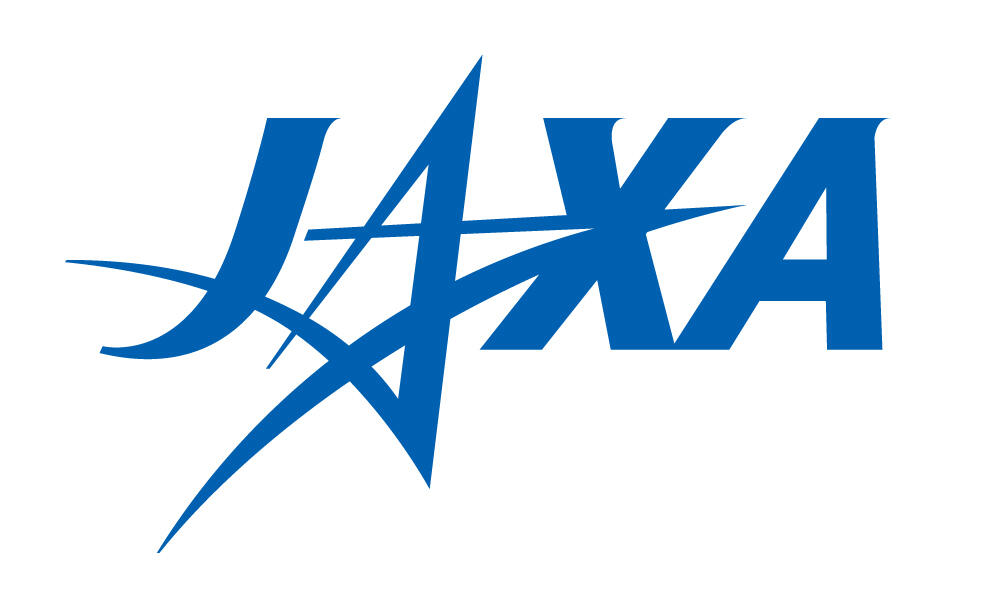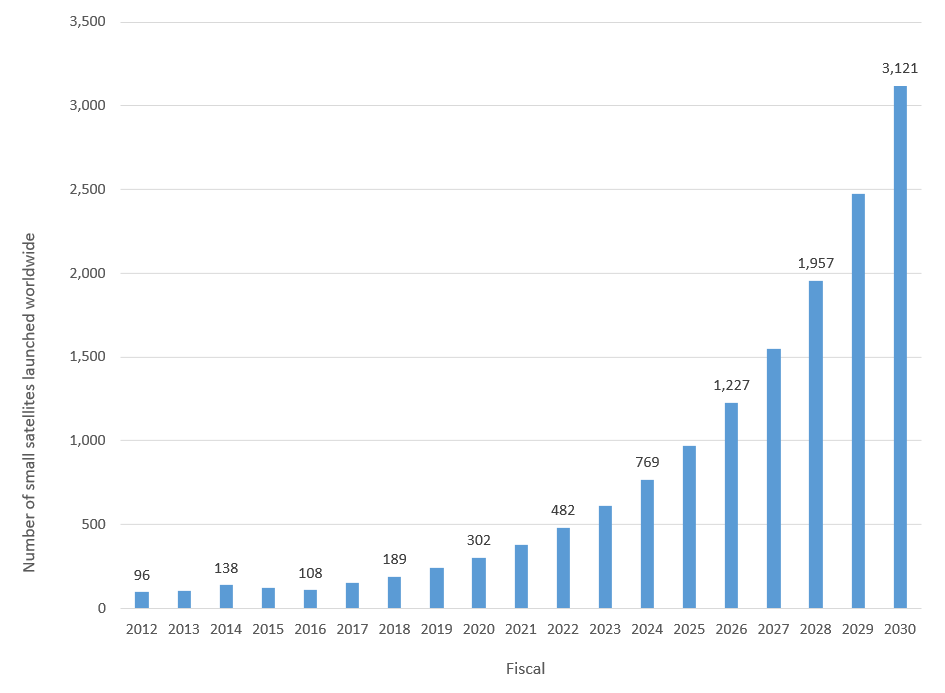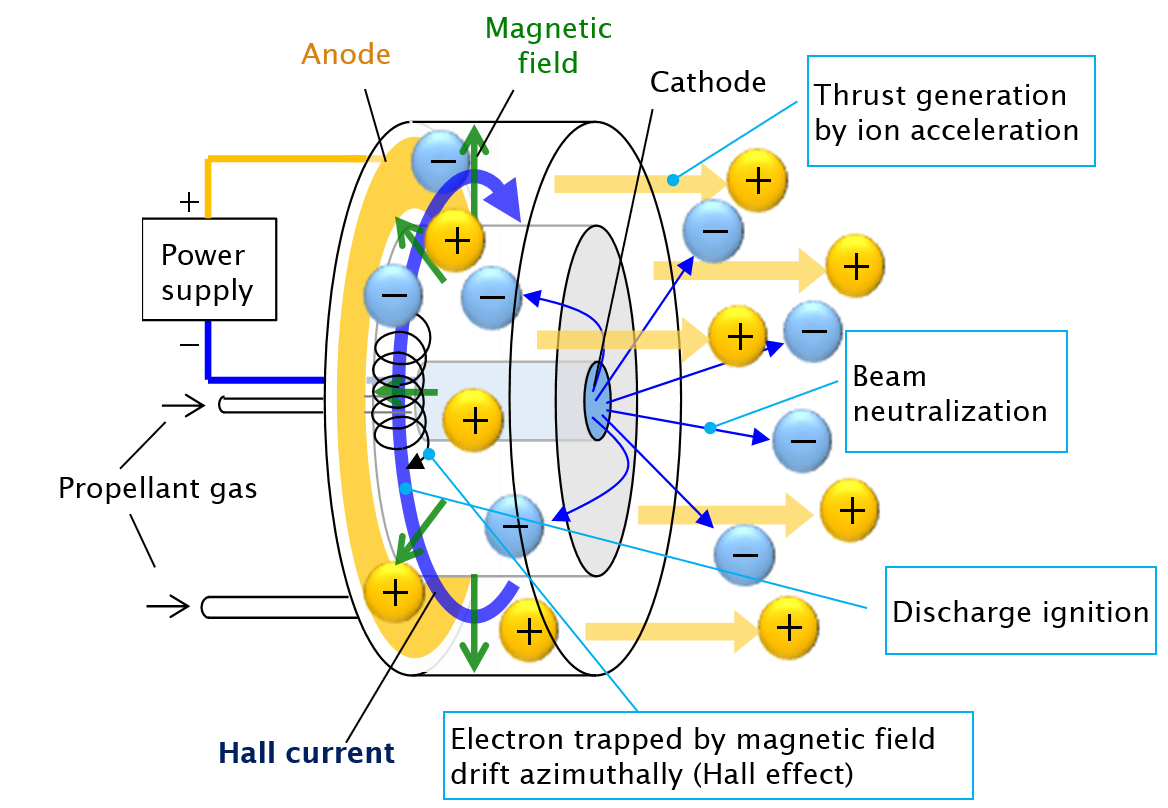Furukawa Electric and JAXA Launch Co-Creation Activities through the Development of Power Supplies for Satellites
-Aiming to create a space power supply business by reducing the weight and cost of next generation electric propulsion systems-
March 15, 2021 (JST)
Furukawa Electric Co., Ltd.
National Research & Development Agency
Japan Aerospace Exploration Agency (JAXA)
Furukawa Electric Co., Ltd., (Head Office: Chiyoda-ku, Tokyo; President: Keiichi Kobayashi; "Furukawa Electric") and Japan Aerospace Exploration Agency (Headquarters Office: Chofu City, Tokyo; President Hiroshi Yamakawa; “JAXA”) have started co-creation activities through the development of power supplies for next-generation electric propulsion systems (Hall thrusters) for small satellites under the JAXA Space Innovation through Partnership and Co-creation(J-SPARC)*.”
In the global satellite market, the demand for small satellites for earth observation missions and as a means of building communication infrastructure is increasing every year (see the below graph). Compared with large satellites, small satellites can be developed at a lower cost and in a shorter period of time, making it easier for space-related venture companies to enter the market. The space utilization of small satellites is a business field, which is expected to further expand.
This time, Furukawa Electric and JAXA will try to solve one of the technical issues, "reducing the weight and cost of the next-generation Hall thruster for small satellites," by utilizing commercial technologies for the power supply, a component of the thruster. Specifically, we aim to acquire the elemental technologies for weight and cost reduction to be needed in the future. This will be done by combining Furukawa Electric’s and JAXA’s technologies. Furukawa Electric’s technologies include those for making power supplies smaller and lighter based on its thermal design technology, winding wire design technology, and research on GaN (gallium nitride) power devices, which Furukawa Electric cultivated through the development of consumer products. JAXA’s cultivated technologies include the results of research and development on discharge control technology in the space environment.
With a view to expanding the application to satellite constellations such as earth observation and communication fields, Furukawa Electric aims to conduct an on-orbit demonstration in fiscal 2025 (target) and to commercialize the next-generation Hall thruster power supply in fiscal 2026 or later. JAXA, in addition to studying the application of consumer technologies to space, will explore the possibility of applying these technologies to next-generation Hall thrusters that will support future JAXA missions.

©Furukawa Electric Co., Ltd.・JAXA
【Division of Roles in Co-creation Activities】


【Number of small satellites with weight of 500 kg or less launched worldwide (prepared by Furukawa Electric based on data from the Cabinet Office)】

【Types of Satellite Propulsion Systems: “Chemical Propulsion” and “Electric Propulsion”】
There are two types of propulsion systems for satellites: “chemical propulsion,” which uses fuel, and “electric propulsion,” which uses electrical energy. The Hall thruster is in the latter category, and has a higher thrust in the electric propulsion, and is more fuel-efficient compared with chemical propulsion. JAXA has been researching and developing a 1kW-class Hall thruster, as the global satellite development field is in need of a power supply that is lighter and can be driven at a lower cost.

Reference figure: How the Hall thruster works ©JAXA
* JAXA Space Innovation through Partnership and Co-creation (J-SPARC) is a program that aims to create new ideas for space related-businesses through collaboration between private companies and JAXA. The two parties will jointly examine the business concept and foster so-called "exit-oriented" technological development and demonstration. JAXA has been implementing this program since May 2018 and is now supporting approximately 20 projects under the program.
https://aerospacebiz.jaxa.jp/solution/j-sparc/